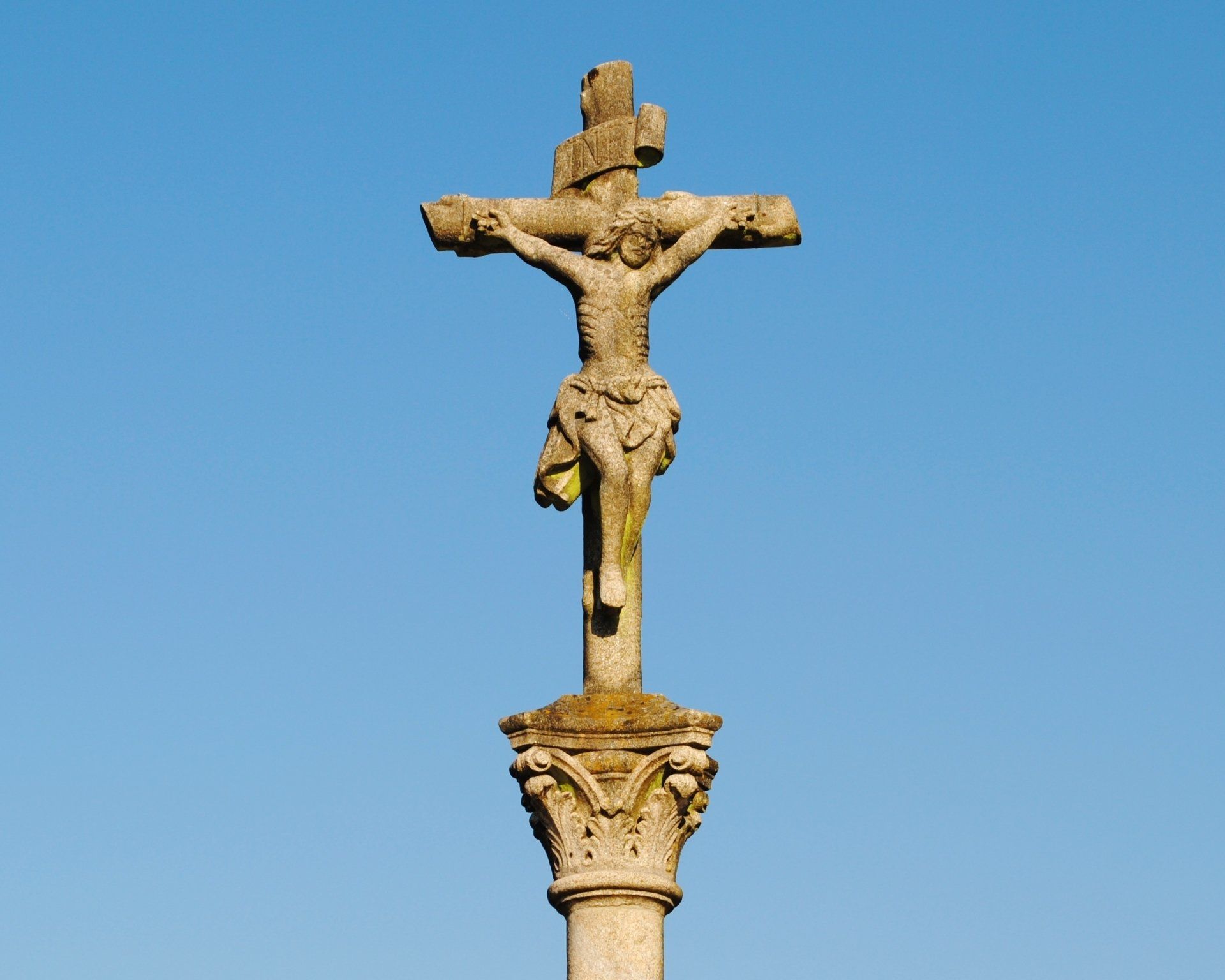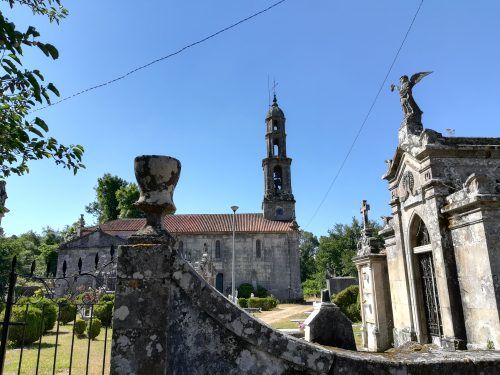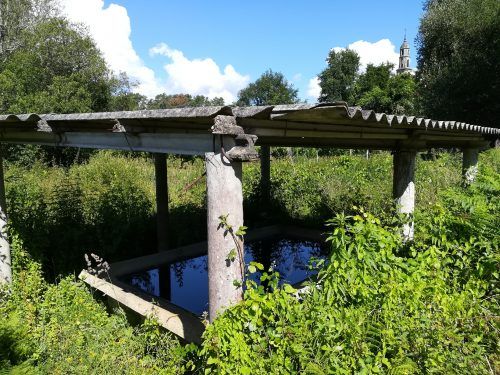Parish of "LEIRADO"
It constitutes one of the most active parishes in the municipal territory, settled in the north, center of the municipality.
In the “Castro de la Cidá”, in the Medóns place, and on the slope towards the A Serradela neighborhood, there are several archaeological remains with abundant legends referring to Moors and treasures.
The first written reference that we find is in the donation of Bermudo II, on May 24, 991, to the Church of Santiago de Compostela, his name was "Leitarello". Its current name appears in the miracles of San Pedro González Telmo, from the 13th century, published by Pai Flórez.
In 1599 it appears again in the documentation, on the occasion of the union at the end of part of the disappeared parish of "Santa Cristina de Noveledo", practically uninhabited due to the plagues that affected the area.
In 1612 Gómez Silva Ozores de Sotomayor, from the house of Santo Tomé de Freixeiro (Vigo), treasurer of the Tui cathedral and inquisitor of Granada, obtained the curated benefit of Leirado and its annexes, which later became the property of his family . The historian Ávila y La Cueva discovers the existence of a Templar monastery of which nothing was left at the beginning of the 19th century.
Parish Church of San Salvador de Leirado
Chapel of San Roque
Remains of the Via Crucis do Adro
Cruceiro do torreiro de la Iglesia
Cruceiro of the old cemetery
Cruceiro of the new cemetery
Cruceiro behind the churchyard
Cruceiro de San Roque
Cruceiro de anima de Currás
Queimadiña Cruise
Santa Cristina's breastplate
Esmoleiro de Santo Antón, Chapel of San Roque
Esmoleiro de San Roque in the chapel of the same name
Location
Council:
Salvaterra de Miño
Coordinates: Lat. 42.1298 Len. -8.4605
Data of interest
| EXTENSION | POPULATION | PATRON |
|---|---|---|
| 4,7 Km² | 590 | San Salvador |










